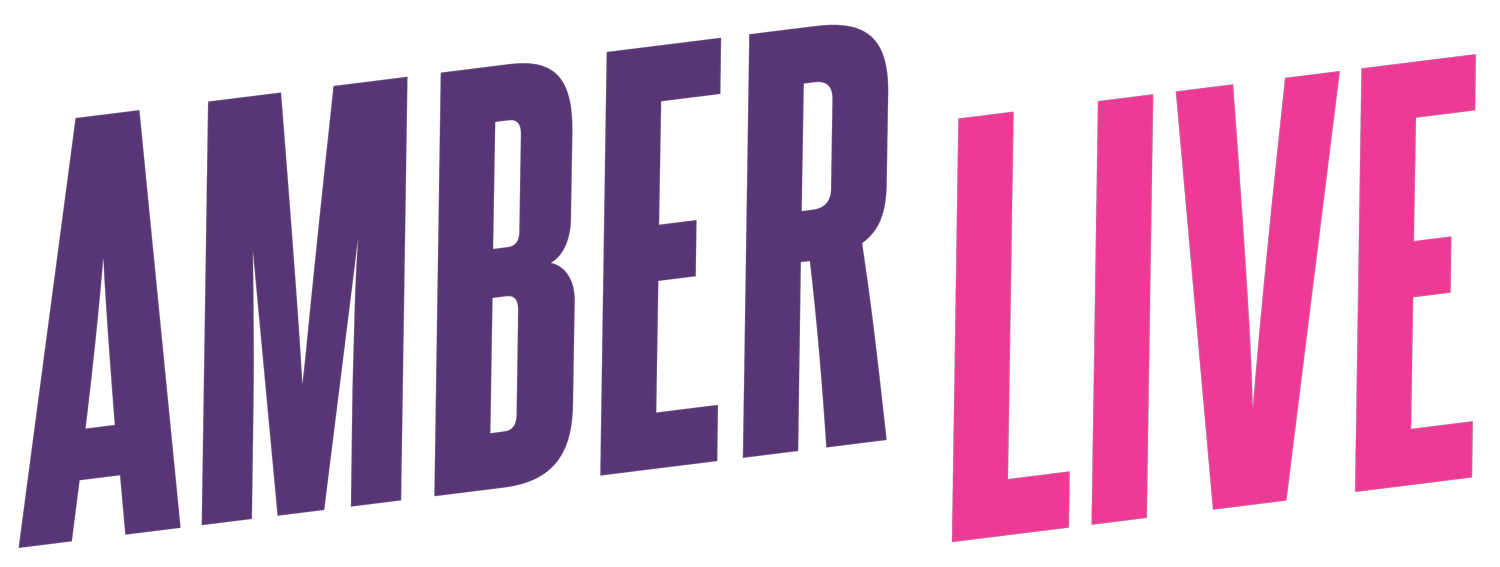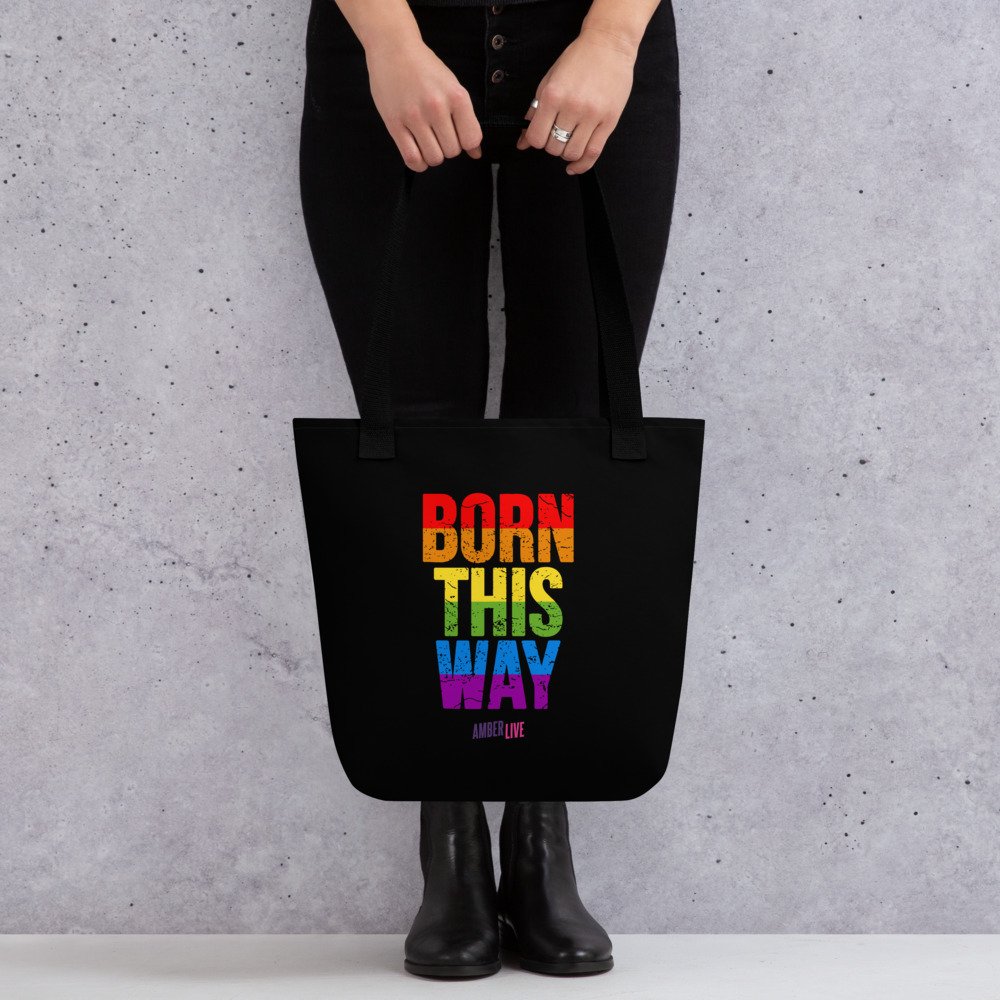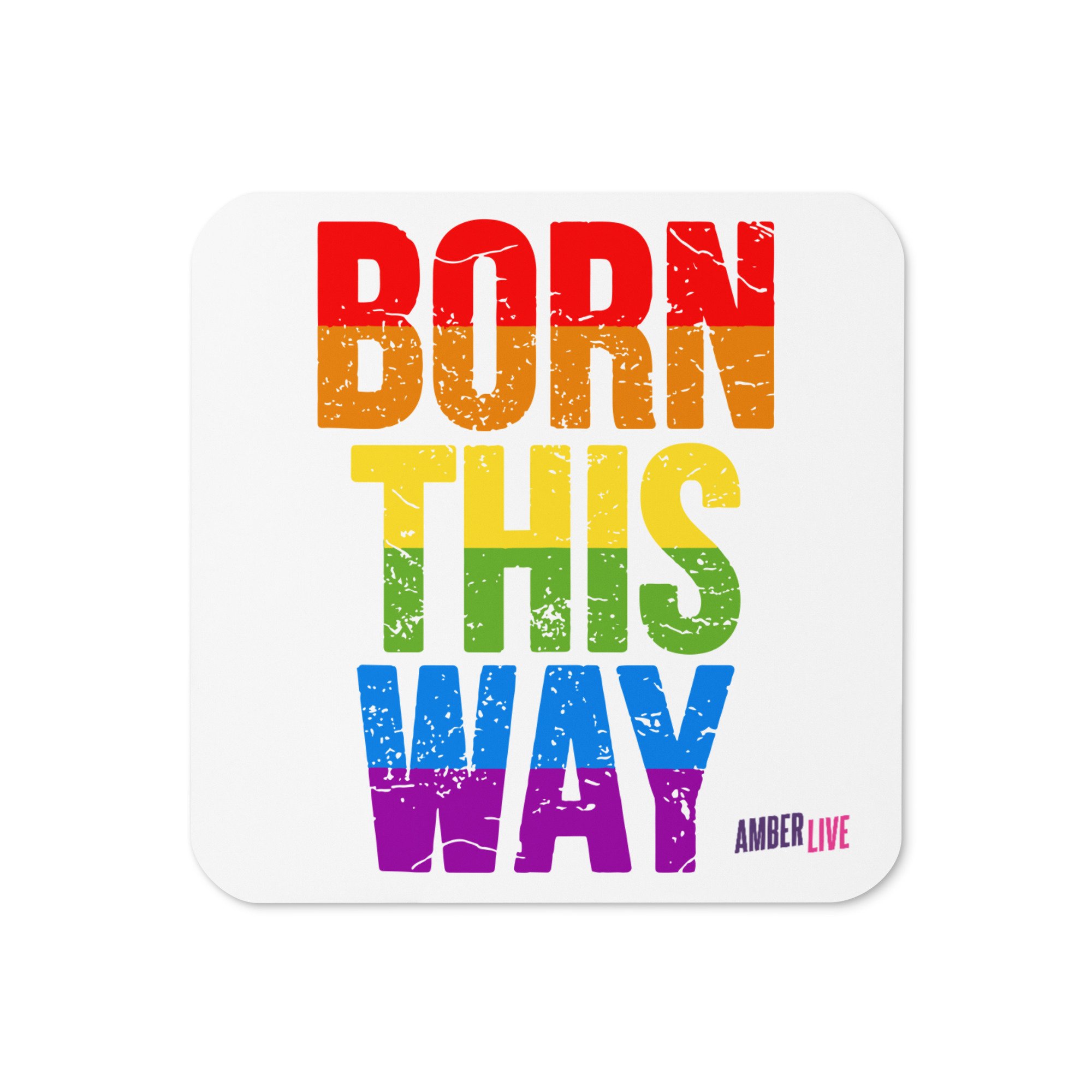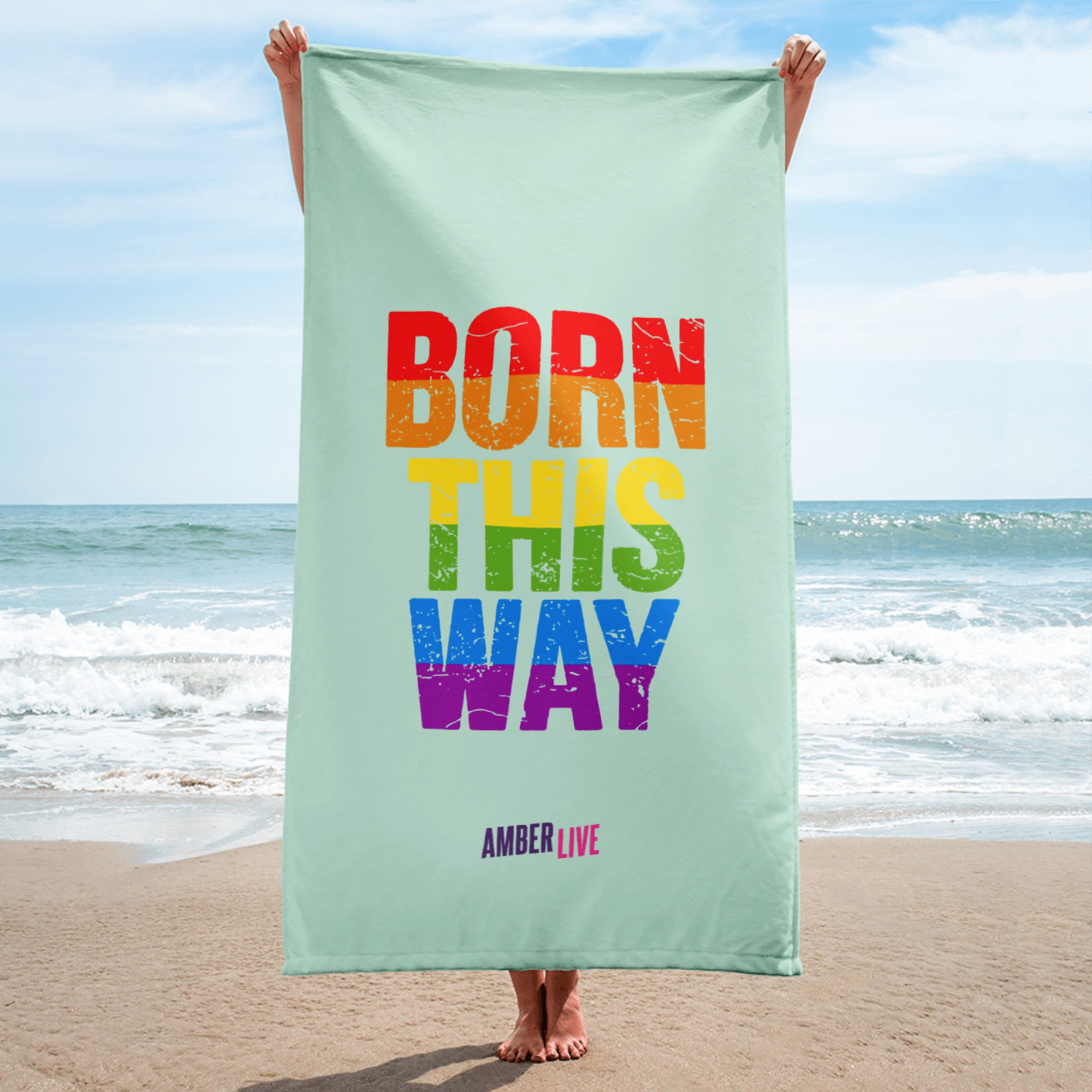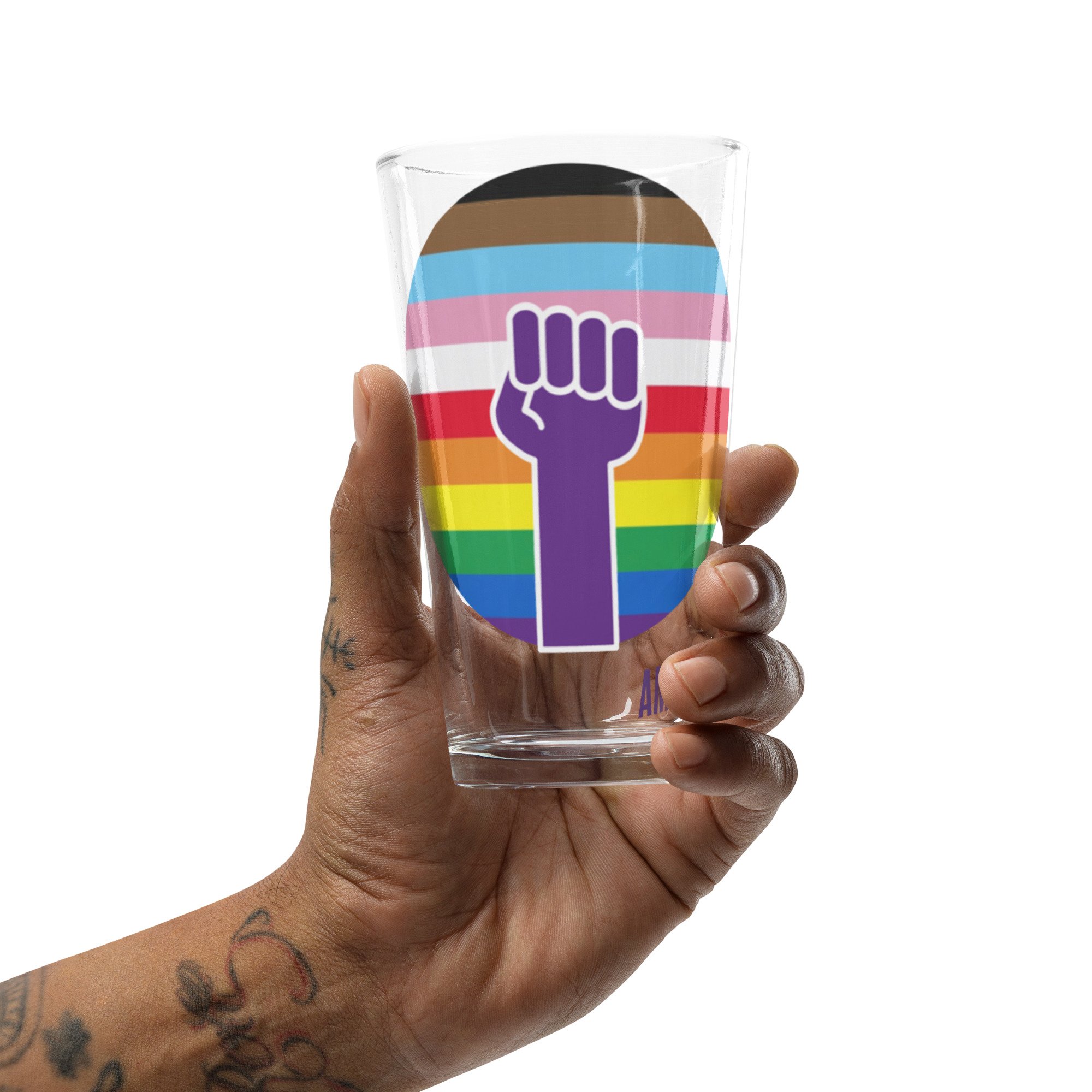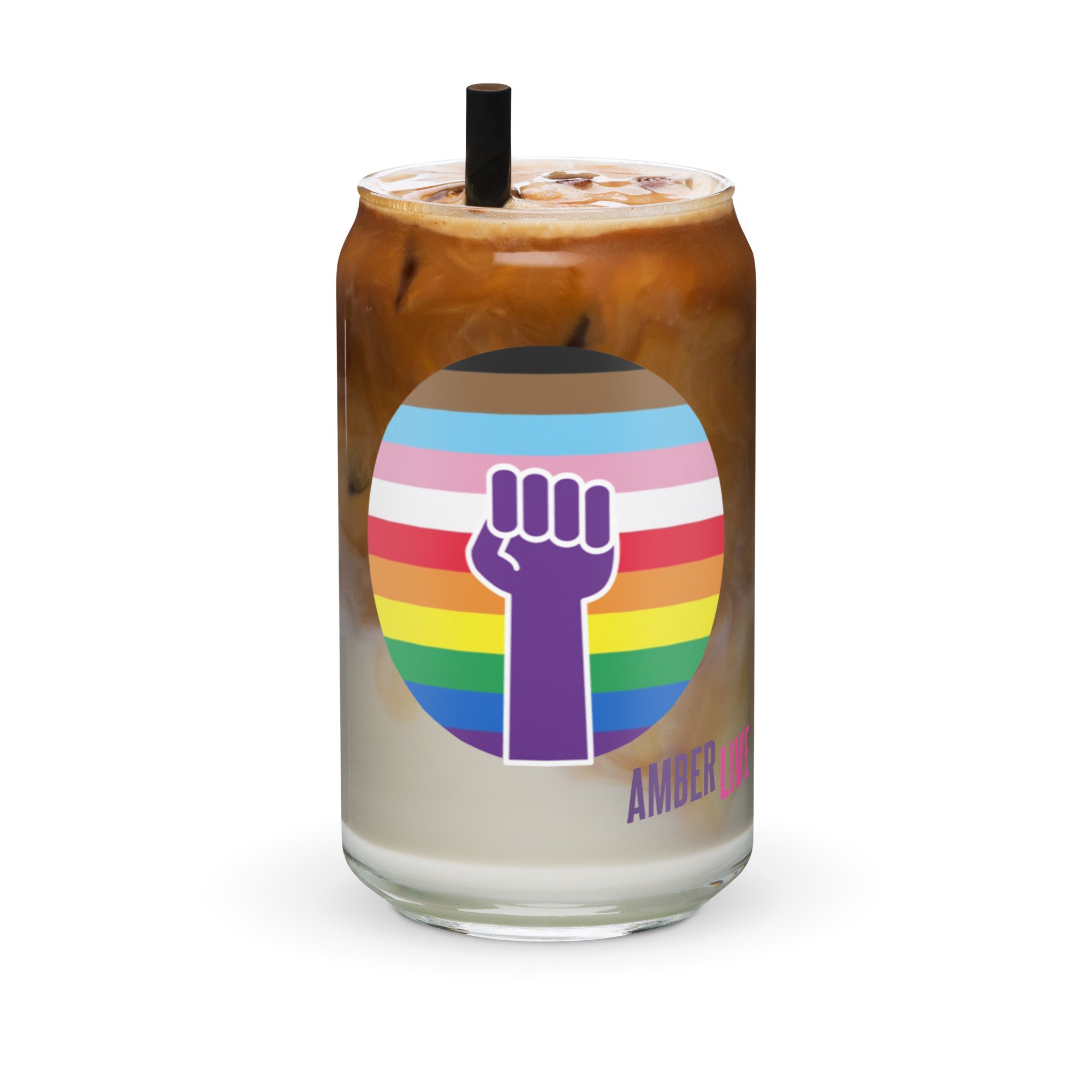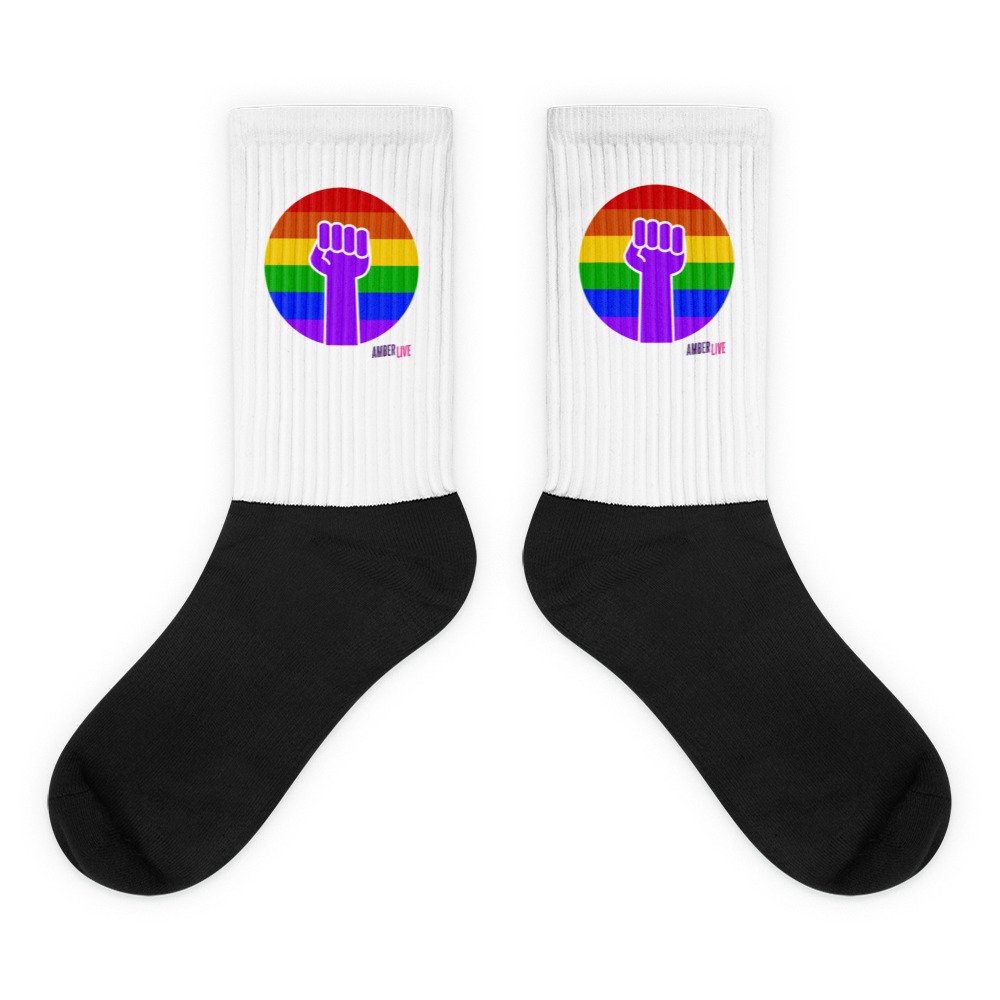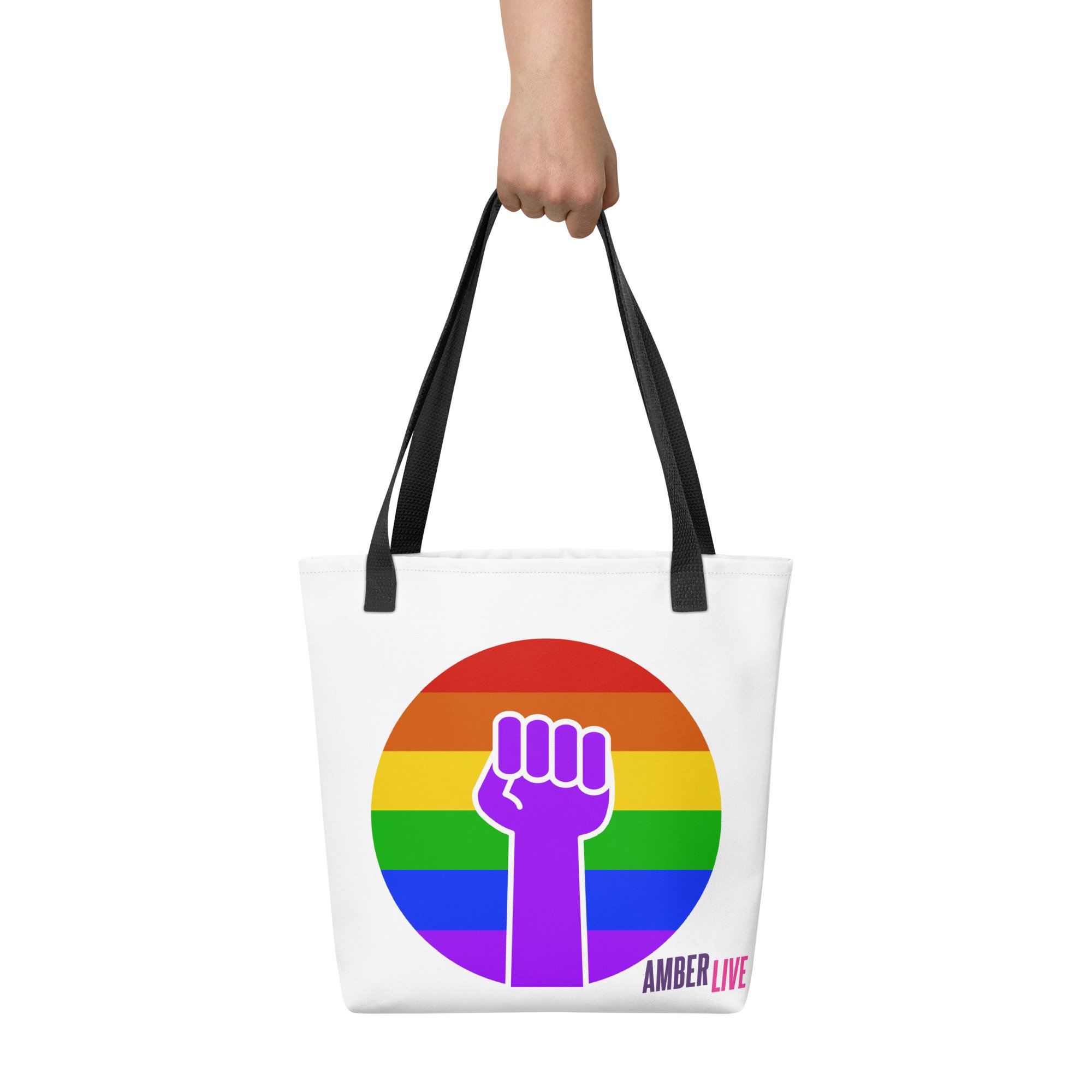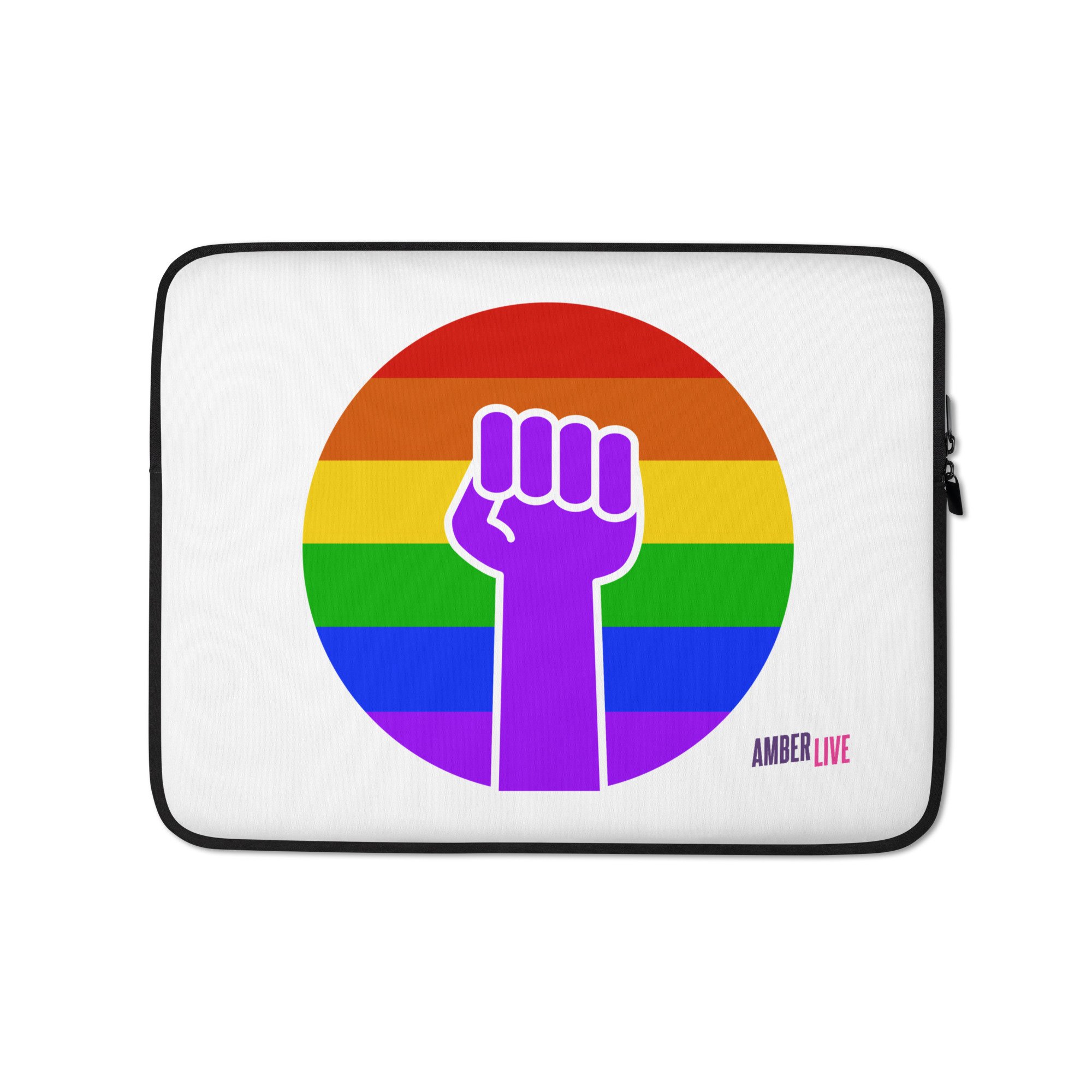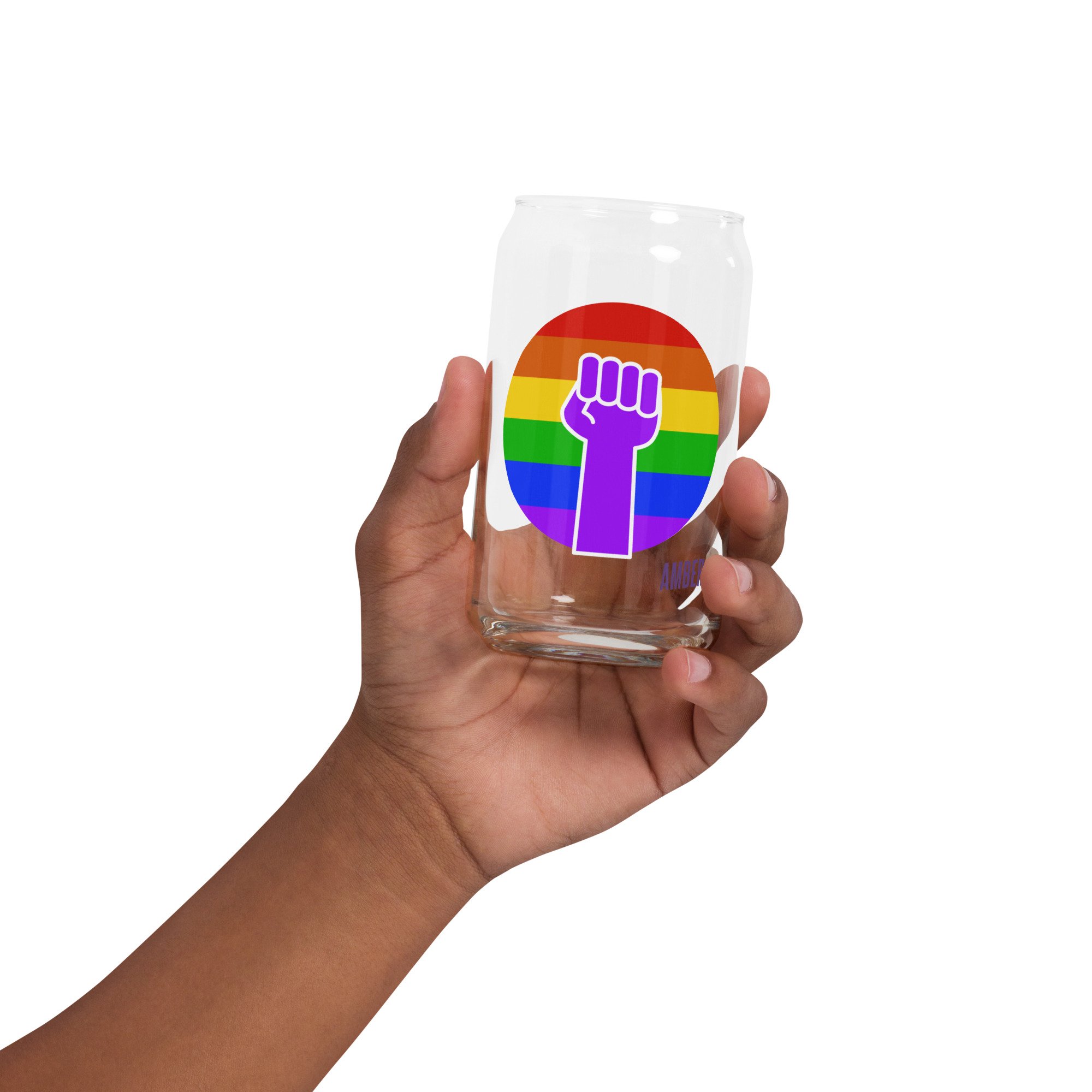LGBTQIA2S+ and the Evolution of the LGBT Acronym
Table of Contents
Introduction to LGBTQIA2S+ and the evolution of the acronym from LGB
Questioning/Queer Identities
LGBTQIA In the 2010s
Current Iteration - LGBTQIA2S+
LGBTQIA2S+ people with a pride flag
Introduction to LGBTQIA2S+ and the evolution of the acronym from LGB
The acronym LGBT has evolved over time to be more inclusive of different sexual orientations and gender identities. Inclusion is an important part of the LGBTQ + community. What started out in the 1980s as GLB, referring to lesbian, gay and bisexual individuals, has expanded greatly. Below is a look at the evolution of this acronym. If you would like a detailed description of each letter’s meaning, you can read about it in our other article on the subject.
The six stripe rainbow pride flag
LGB, which is an acronym for lesbian, gay and bisexual, comes into use in the late 1980s to address the community of lesbians, gays and bisexuals. The uniqueness of this word was vital in carrying a common cause with the general population who supported the struggle for equal rights. Along the way, this concern became a broader inclusion initiative to ensure recognizing same-sex relationships and anti-discrimination housing and jobs protection. At some point, GLB switched to LBG in order to avoid the negative perception of the letter B. In the video below, Tracy Baim, publisher of the Chicago Reader, discusses the order of the letters and the importance of inclusion in the LGBTQ+ community.
Emergence of LGBT In the 1990s
In the 1990s, the acronym expanded to LGBT, adding transgender to highlight issues faced by the trans community. Transgender persons faced distinct challenges like access to healthcare, changing legal documents to match their gender identity and high rates of violence and discrimination because their gender identity did not match their sex assigned at birth.
Questioning/Queer Identities
The acronym continued expanding in the 2000s, sometimes adding a Q to the end - LGBTQ - to refer to those who identify as queer or are questioning their sexual or gender identity. Queer became more commonly used by the LGBTQ community as a reclaimed term for identities that didn't fit societal norms for sexuality and gender.
LGBTQIA in the 2010s
During the 2000s/2010s, the acronym further expanded in some activist and media circles to LGBTQIA or LGBT+. The I stands for intersex - those born with anatomy or chromosomes that don't fit the typical male/female categories. The A can stand for allies or those somewhere on the asexual spectrum. The plus sign indicates inclusion of all identities not already covered under the other letters.
Current Iteration - LGBTQIA2S+
More recent changes and additions to the LGBTQ acronym include the addition of the letters 2S, standing for Two-Spirit. This refers to some indigenous groups' understanding of gender-variant individuals who embody both the masculine and feminine spirit. The ever-expanding LGBTQIA2S+ acronym aims to be as inclusive as possible for the community, attempting to represent all identities. However, reaching a consensus remains difficult. The discussion around expanding or altering such an acronym will likely continue as more learn about and support the community.
A 2 Spirit pride flag
The LGBT acronym has seen great change to LGBTQIA2S+ over the past 30-plus years and will likely continue evolving. But overall, it represents society's growing understanding, acceptance and celebration of non-heterosexual orientations and non-binary gender identities.
Show your LGBTQIA2S+ pride! Order today!
—This article was written, restructured, or adapted by Russell with information gathered from sources around the internet. Russell is the producer of Amber Live and is greatly overworked to pull it all together. If it’s on the internet, it must be true. (We’re kidding.) BUT, if you find any errors or omissions in the article, please let us know so that we may correct the issue. Thanks for your support!
